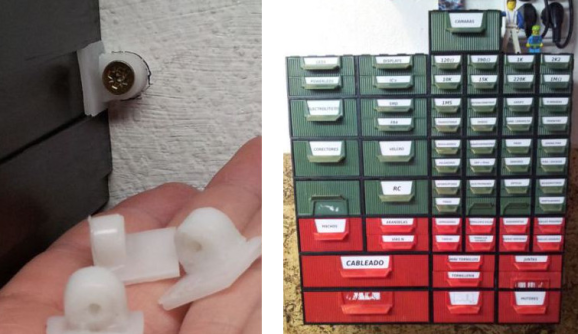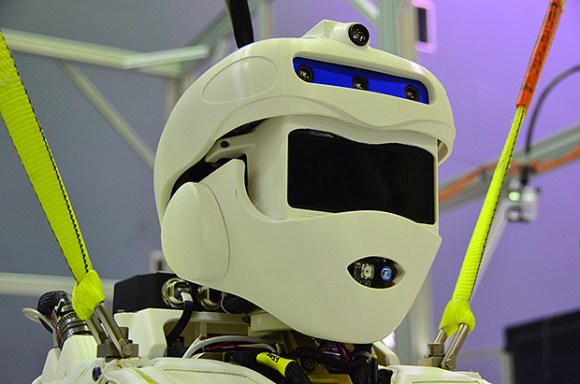
Halloween receives the bulk of the attention for installation-type hacks, but [Stephen’s] animated elf hack-in-progress provides the perfect example of bringing the Christmas spirit to life.
[Stephen] constructed both the background and the elf’s body from a scrap piece of plywood, drawing and painting everything by hand, and then secured the plywood with a simple 2×4 that serves as a stand. The bulk of the hack is rather simple, and reflects the longstanding technique of traditional cel animation: the non-moving portions are kept stationary and only the moving parts need to change. In this case, [Stephen’s] shortcut is to insert a tablet as the elf’s face.
The tablet is a BlackBerry PlayBook, which moves the eyes around and spouts off a few Santa-related quips while animating the mouth. [Stephen] encountered a problem with the PlayBook’s 5-minute screen timeout function, and had to design a custom application to prevent the tablet from entering sleep mode while it played through the animations. His future plans are to drill a hole through the plywood and expose the tablet’s light sensor to detect when someone walks by, then have the elf spring to life in response. You can see his progress so far in the video below.
















